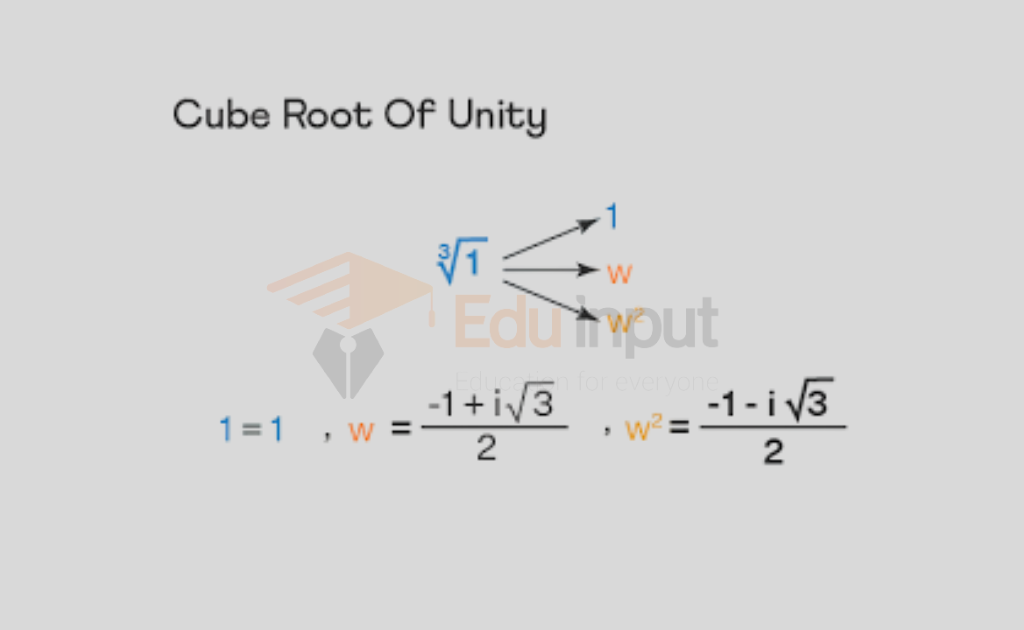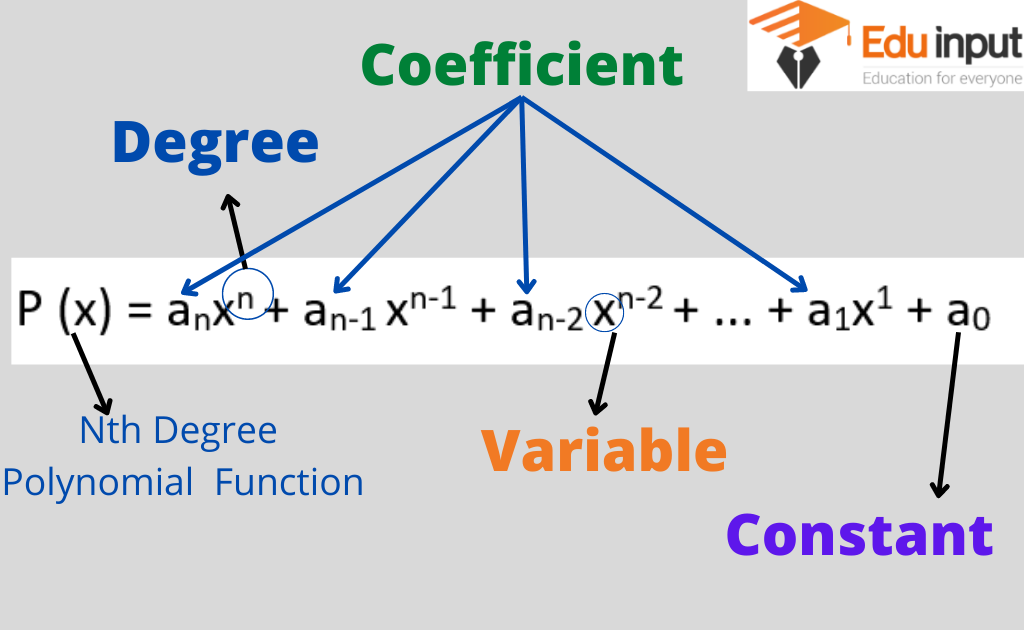Equations Reducible to the Quadratic Equation-Types with example
There are certain types of equations, which do not look to be of degree 2 or quadratic form, but they can be reduced to the quadratic form. we will discuss the Equations Reducible to the Quadratic Equation.
There are five types of Equations Reducible to the Quadratic Equation.
1: The equations of the form: ax2n+bxn+c=0 and a≠0
Put xn=y and get the given equation reduced to a quadratic equation in y.
Example:
x4-6x2+8=0
let x2=y
(x2)2-6x2+8=0
(y)2-6(y)+8=0
Y2-6y+8=0
Y2-4y-2y+8=0
Y(y-4)-2(y-4) =0
(y-4)(y-2)=0
y-4=0 y-2=0
y=4 y=2
put y=x2
x2=4 x2=2
Square roots both side
X=±2 , x=±√2
Solution set:{ ±2 ,±√2}
2: The equation of the form : ( x+a) (x+b) (x+c) (x+d) =k , where a+b=c+d
Example:
(x-7)(x-3)(x+1)(x+5)=1680
(x-7)(x-3)(x+1)(x+5)-1680=0
Where a+b=c+d
-3+1=-7+5
-2=-2
[(x-3)(x+1)][(x-7)(x+5)]-1680=0
By grouping
(X2+x-3x-3)(x2+5x-7x-35)-1680=0
(x2-2x-3)(x2-2x-35)-1680=0
Putting x2-2x=y, the above equation becomes
(y-3)(y-35)-1680=0
Y2-35y-3y+105-1680=0
Y2-38y-1575=0
By using quadratic formula:
y= (-b±√(b2-4ac))/2a
y=(-(-38)±√((-38)2-4(1)(-1575))/(2(1))
y=(38±√(1444+6300))/2
y=(38±√1744)/2
y=(38±88)/2
y=63 or y=-25
put y=x2-2x
x2-2x=63 x2-2x=-25
- x2-2x-63=0
- x2-2x+25=0
- x2-2x-63=0
x2-9x+7x-63=0
x(x-9)+7(x-9)=0
(x+7)(x-9)=0
X+7=0 ,x+9
X=-7 , x=-9
- x2-2x+25=0
by using quadratic formula :
x=(-(-2)±√((-2)2-4(1)(25))/(2(1))
x=(2±√(4-100))/2
x=(2±√(-96))/2
x=(2±4√6 i)/2
x=1+2√6 i , x=1-2√6 i
Hence solution set={-7,-9, 1+2√6 i , 1-2√6 i }
3: Exponential equation:
Equation, in which the variable occurs in the exponent, called exponential equations.
The method of solving such equations is explained by the following examples.
Example:
solve the equation:
22x-3.2x+2+32=0
22x-3.22.2x+32=0
22x-3.42x+32=0
22x-12.2x+32=0
Putting 2x=y
Y2-12y+32=0
Y2-8y-4y+32=0
Y(y-8)-4(y-8) =0
(y-4)(y-8)=0
y-4=0 or y-8=0
y=4 y=8
put y=2x
2x=4 or 2x=8
2x=22 or 2x=23 ∴ 4=22 ,8=23
X=2 x=3
Hence solution set :{2,3}
4: Reciprocal Equation:
An equation, which remains unchanged when x is replaced by 1/x, is called a reciprocal equation.
In such an equation the coefficients of the terms equidistance from the beginning and end are equal in magnitude. The method of solving such equations is explained in the following.
Example:
Solve the equation
X4-3x3+4x2-3x+1=0
Solution:
Given that
X4-3x3+4x2-3x+1=0
Dividing by x2 on both side
X2-3x+4-3/x+1/x2=0
(x2+1/x2)-3(x+1/x)+4=0
Let:
x+1/x=y
x2+1/x2=y2-2
Y2-2-3y+4=0
Y2-3y-2=0
Y2-y-2y-2=0
Y(y-1)-2(y-1)=0
(y-1)(y-2)=0
y=1 ….(1) or y=2…..(2)
Put y=x+1/x
X+1/x=1
X2+1=x
X2-x+1=0
From (1)
By using quadratic formula:
x=(-(-1)±√((-1)2-4(1)(1))/(2(1))
x=(1±√(-3))/2
From (2)
Y=x+1/x
X+1/x=2
X2-2x+1=0
By using:
(a-b)2=a2-2ab+b2
(x-1)2=0
(x-1)(x-1)=0
X-1=0 or x-1=0
X=1 or x=1
Hence solution set :{1, 1±√(-3))/2 )
5: Radical equation:
Equations involving the radical expression of the variable are called a radical equations.
To solve a radical equation, we first obtain an equation free from radicals. Every solution of a radical equation is also a solution of the radical-free equation but the new equation has solutions that are not solutions of the original radical equation.
Such extra solutions (roots) are called extraneous roots.
Types of Radical equation:
- The equation of the form :
L(ax2+bx)+m√(ax2+bx+c) =0
- The equation of the form:
√(x+a) +√(x+b) =√(x+c)
- The equation of the form:
√(ax2+bx+c)+ √(px2+qx+r)= √(lx2+mx+n)
Where ax2+bx+c, px2+qx+r, and lx2+mx+n have common factor.
- The equation of the form:
√(ax2+bx+c)+ √(px2+qx+r)= mx+n
Where (mx+n) is a factor of (ax2+bx+c)-(px2+qx+r)

 written by
written by 





Leave a Reply